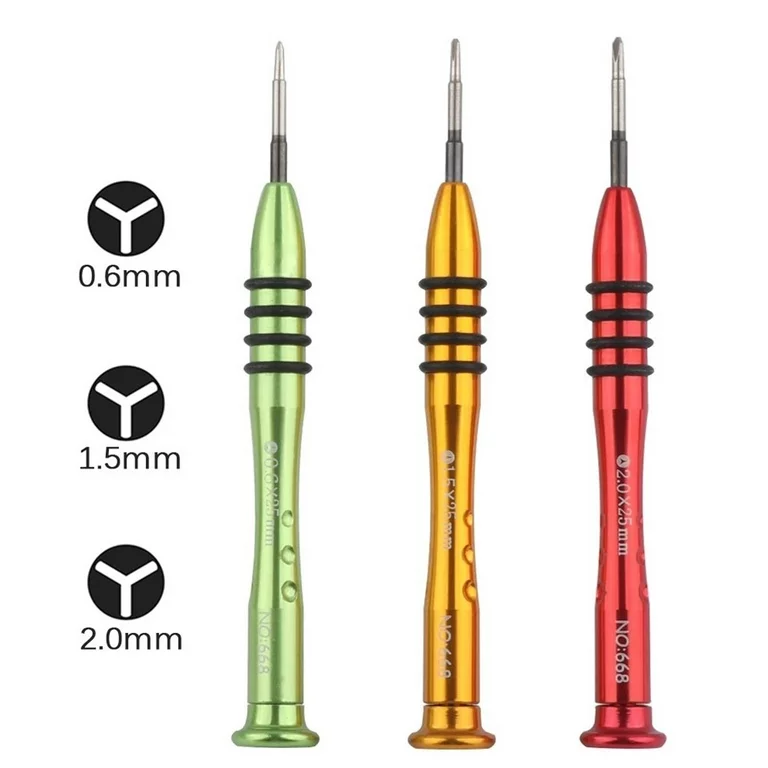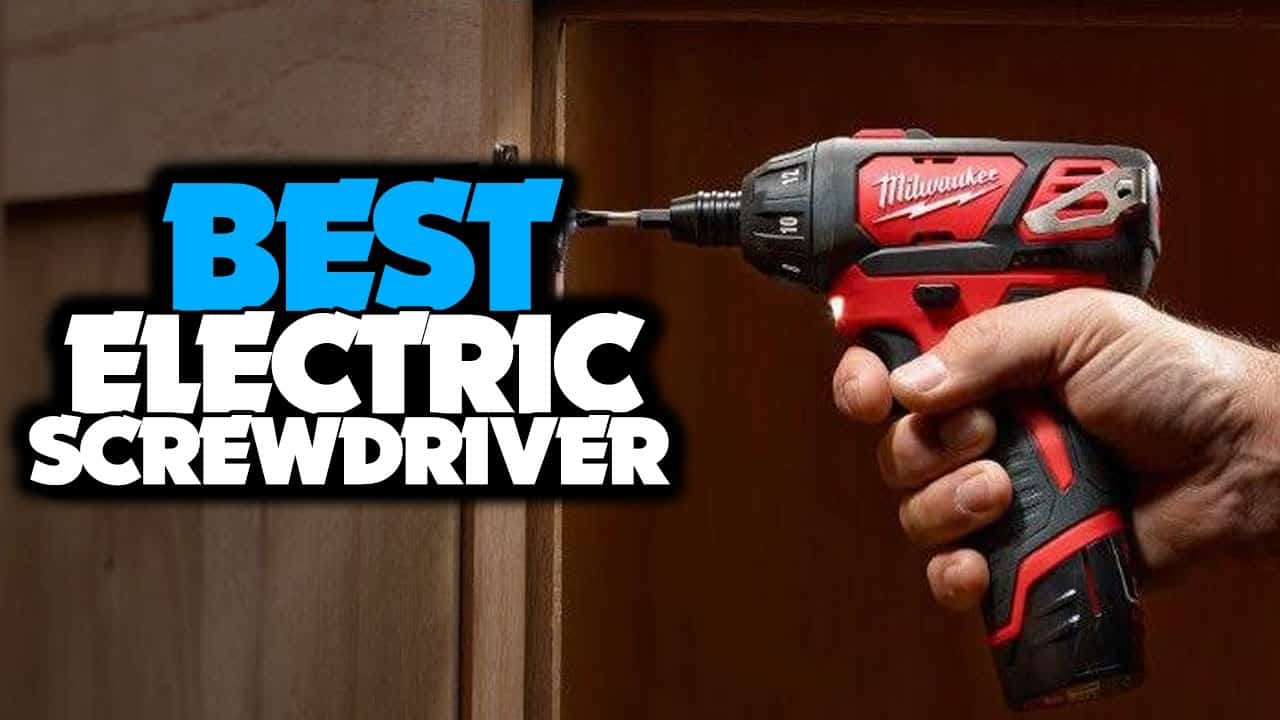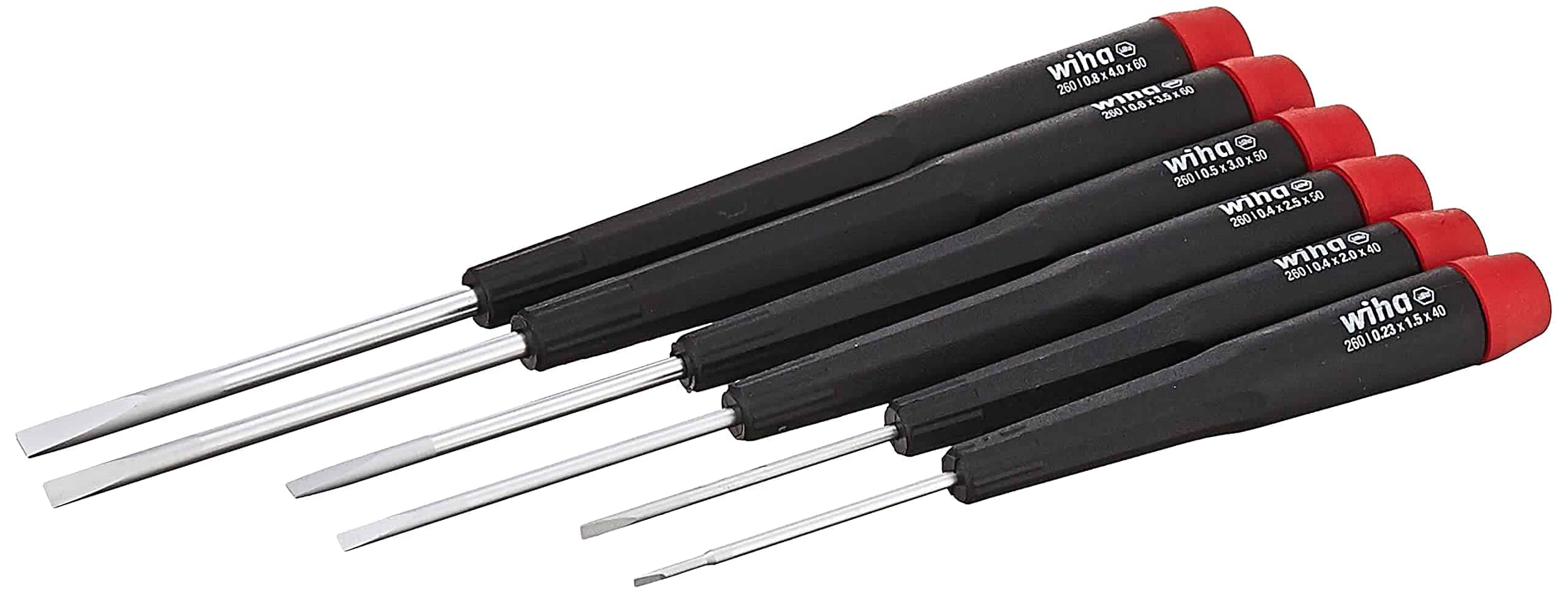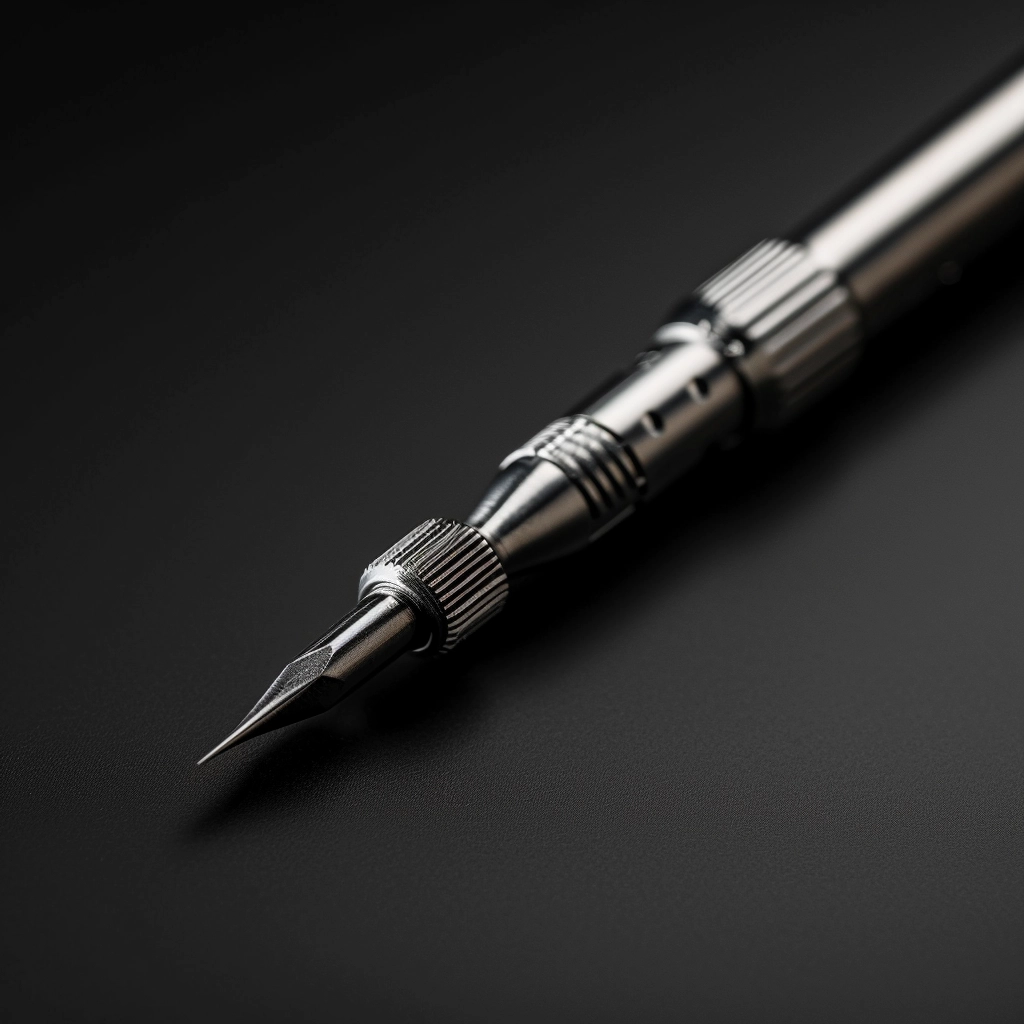Tri-point precision screwdrivers are the unsung heroes in the toolboxes of many technical professionals and enthusiasts. These specialized tools are essential for tasks that require a high level of precision and care. Whether you are working on electronics, such as laptops and smartphones, or dealing with intricate mechanical devices, understanding the proper use of a tri-point precision screwdriver is key to success. This guide will equip you with the knowledge to use these tools effectively, ensuring your projects are executed flawlessly.
The Essential Guide to Using a Tri-point Precision Screwdriver
| Application/Use | Key Points |
|---|---|
| When and Where to Use | Electronics repair, watchmaking, reduced cam-out, secure fit, and high torque application. |
| The Anatomy | Y-shaped tip design, precision handle with ergonomic features. |
| Step-by-Step Guide | Identify bit size, firm insertion, downward pressure while turning the handle. |
| Troubleshooting Issues | Removing stripped screws, handling delicate parts with care. |
| Safety/Maintenance | Key Points |
|---|---|
| Safety Practices | Clean workspace, clear hands from the force area, use high-voltage gloves if necessary. |
| Maintenance Tips | Regular cleaning, safe storage to prevent rust. |
| Tool Selection/Resources | Key Points |
|---|---|
| Choosing a Screwdriver | Versatility in size options, brand quality for longevity. |
| DIY/Professional Resources | Organized tool storage, precision measurement tools to complement use. |
By adhering to these key points, you can effectively use a tri-point precision screwdriver while maintaining the highest standards of safety and precision for all your projects. Whether you’re performing a simple repair or a complex build, always ensure the correct application of your tools for the best outcome.
Understanding Tri-point Precision Screwdrivers
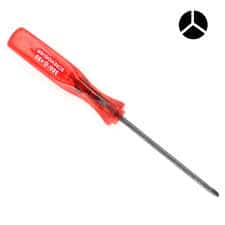
When and Where to Use a Tri-point Screwdriver
Tri-point precision screwdrivers are a must-have for various applications. Here’s when they come into play:
- Electronics Repair: Ideal for disassembling and reassembling smartphones, tablets, and gaming consoles which often utilize tri-point screws.
- Watchmaking: Used to adjust or repair watches where traditional screwdrivers can’t fit or provide the needed precision.
The advantages of using a tri-point screwdriver over other types are numerous, including reduced cam-out, which is where the screwdriver slips out and potentially damages the screw head. They also provide a more secure fit and greater torque without damaging the screw.
Also read: Best Pruning Shears
The Anatomy of Precision Screwdrivers
A tri-point screwdriver is made unique by its design:
- Tip: The Y-shaped tip specifically designed to engage with tri-point screws.
- Handle: Often designed for precise control, with features such as a swivel cap or ergonomic grip for comfort and stability.
Comparing tri-point screwdrivers to others, like Phillips screwdrivers, hex key screwdrivers, Torx screwdrivers, and flat screwdrivers, reveals that the tri-point is less prone to slipping and can apply more torque without damaging the screw head.
How to Use a Tri-point Precision Screwdriver
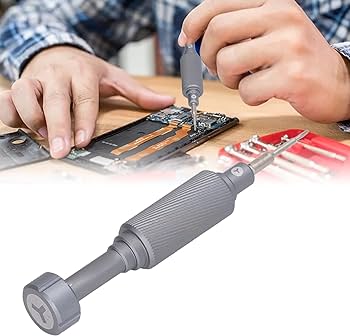
Step-by-Step Guide on Using the Tri-point Screwdriver
To properly use a tri-point precision screwdriver, follow these steps:
- Identify the correct size of the tri-point bit necessary for the screw.
- Firmly insert the tip into the screw head, ensuring a good fit.
- Apply pressure downwards while turning the handle to loosen or tighten the screw.
For some tasks, you may need to measure precisely where to place screws—this is where a related tool such as a laser distance meter can prove extremely useful.
Troubleshooting Common Issues
If you encounter any issues:
- Review how to remove stripped screws if you’ve accidentally damaged a screw head.
- Handle small or delicate parts with tweezers, and always work in a well-lit area to avoid damage.
Safety and Maintenance of Precision Screwdrivers
Best Practices for Screwdriver Safety
When using precision screwdrivers, safety comes first:
- Always work in a clean, uncluttered space.
- Keep your fingers clear of the area where you are applying force.
In some scenarios, when dealing with potentially live components, refer to the essential guide to high-voltage gloves for electrical safety to protect yourself from electrical shock.
Maintaining Your Tri-point Screwdriver
Proper maintenance of your tri-point screwdriver involves:
- Regular cleaning of the tip to ensure clear engagement with screws.
- Storing safely in a dry place to prevent rust or corrosion.
Consider electrical gloves care and maintenance as part of your routine if you handle electrical components with your screwdriver.
Tool Selection and Additional Resources
Picking the Right Screwdriver for Your Task
When shopping for a tri-point precision screwdriver:
- Look for a set that offers various sizes for versatility.
- Consider quality brands that ensure durability and precision.
Some of the best screwdriver sets will include a range of tri-point sizes to suit any job.
Valuable Resources for the Avid DIYer or Professional
For a comprehensive tool collection:
- Start with a robust best tool box to keep your tools organized.
- Supplement your precision tasks with a Bosch GLM100 C 100ft laser distance measurer for pinpoint accuracy.
By following this guide, you now have a deeper understanding of tri-point precision screwdrivers, their uses, safety procedures, and the necessary care to keep them in optimal condition. Whether you’re a dedicated DIYer or a professional, using the right tools in the right way is the key to achieving the best results in your projects.

